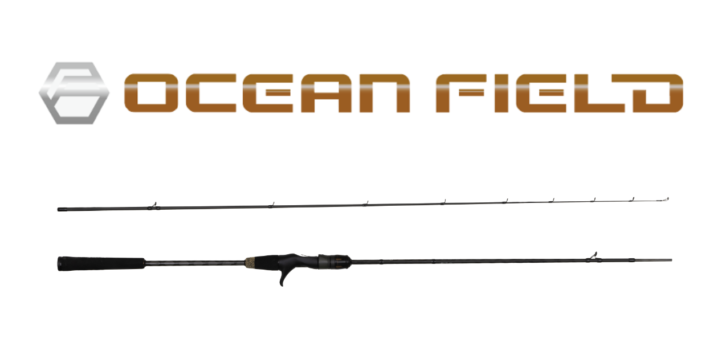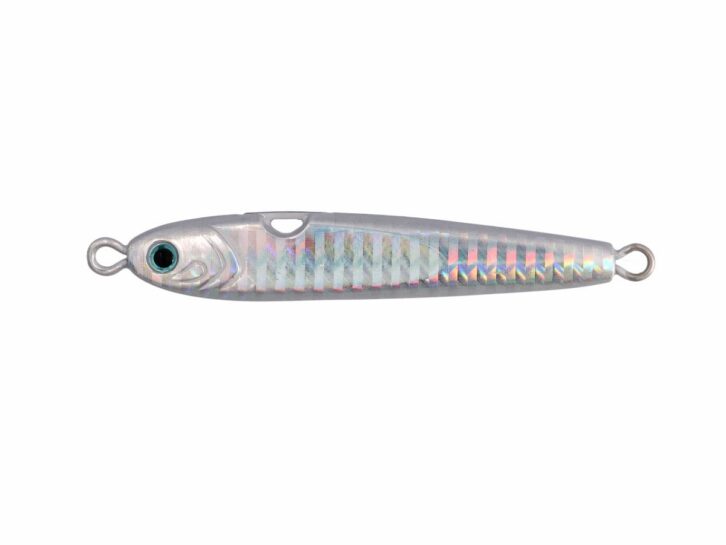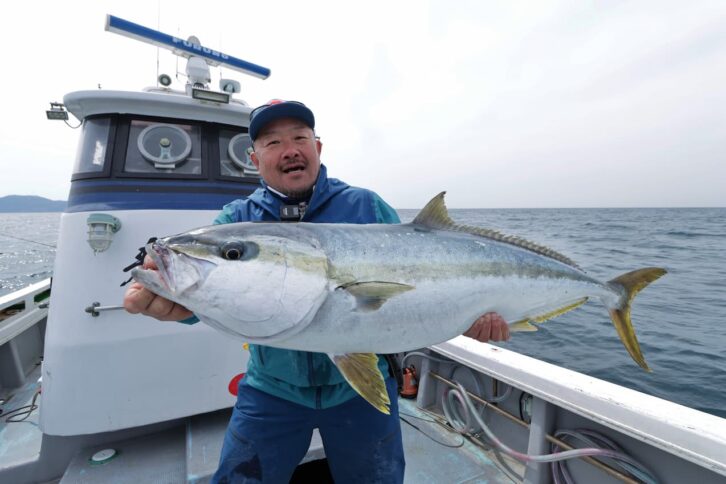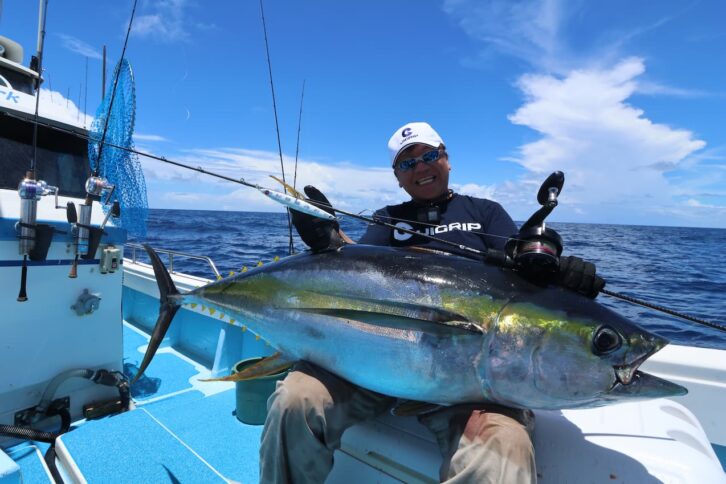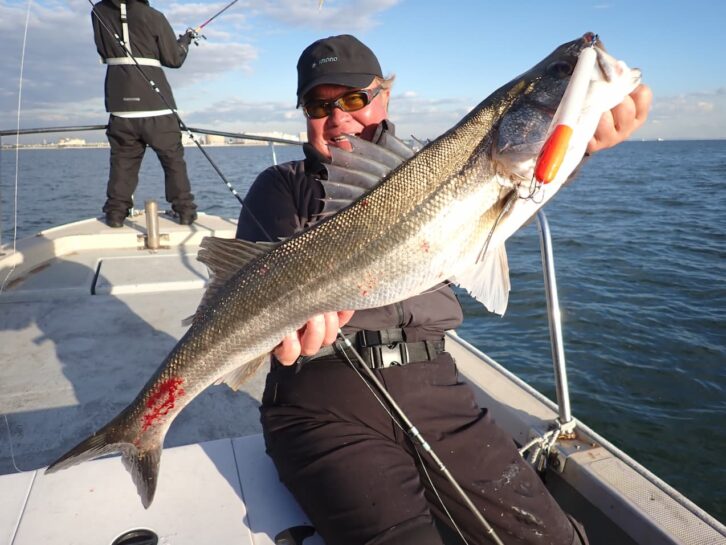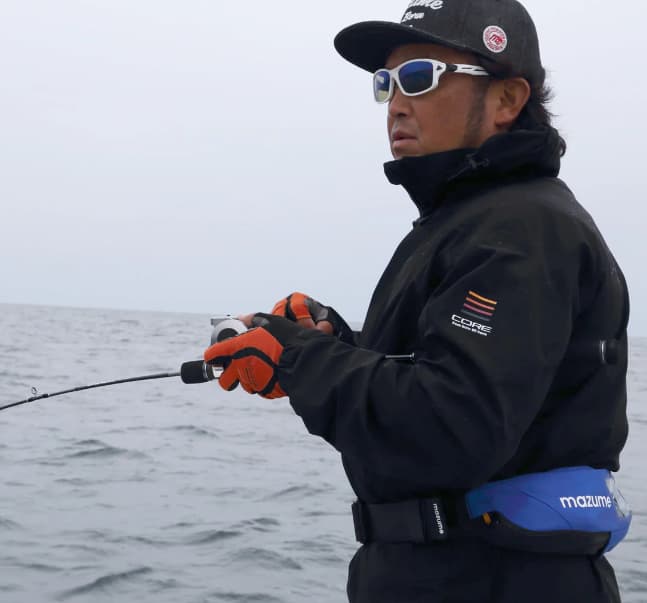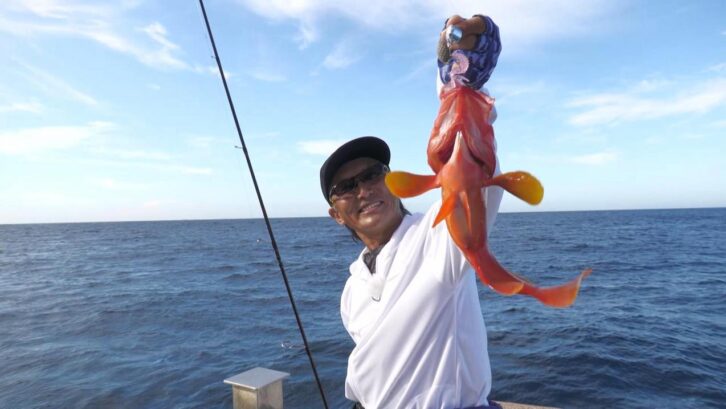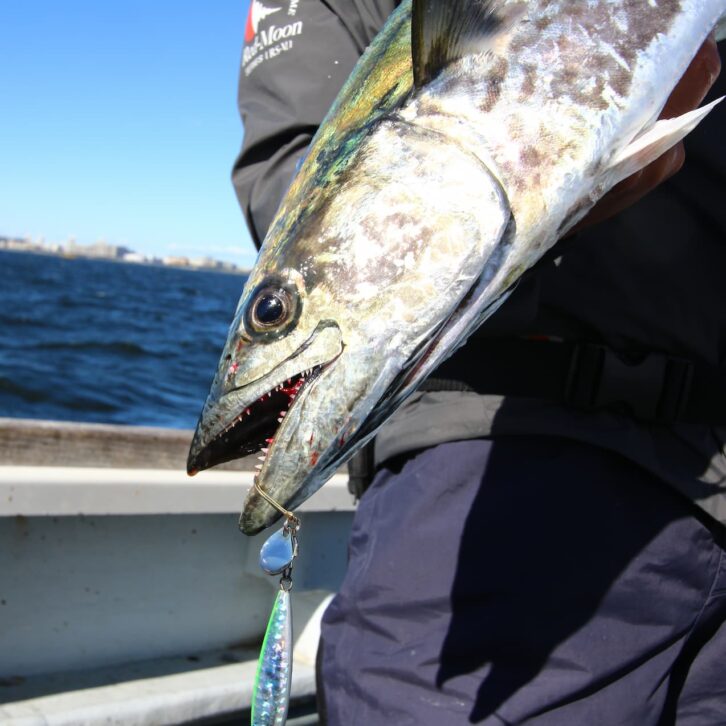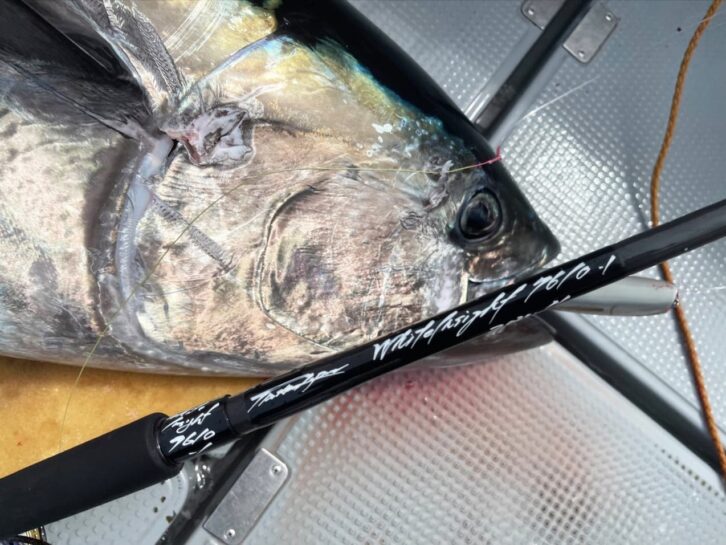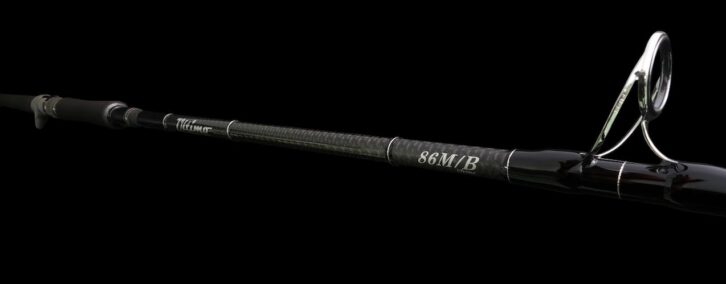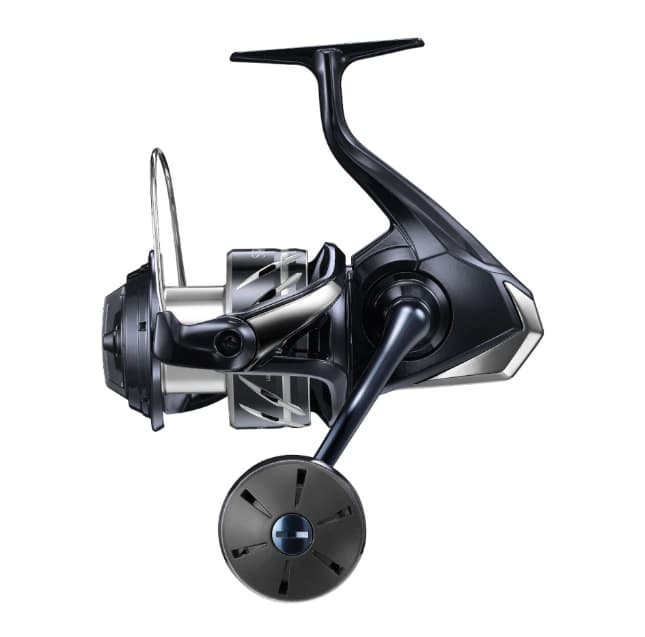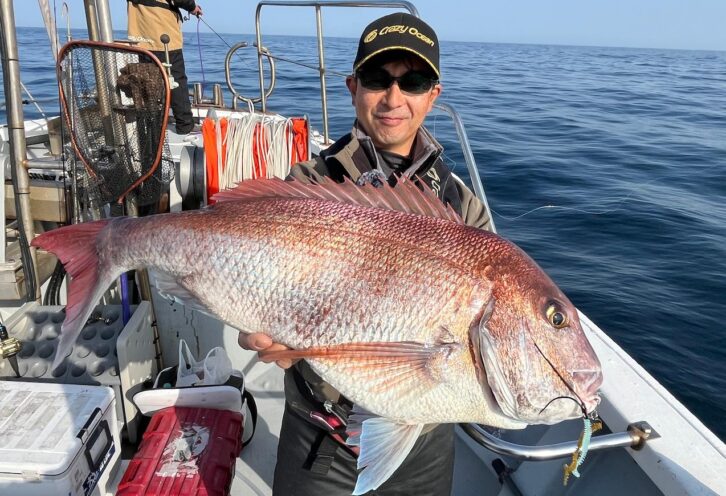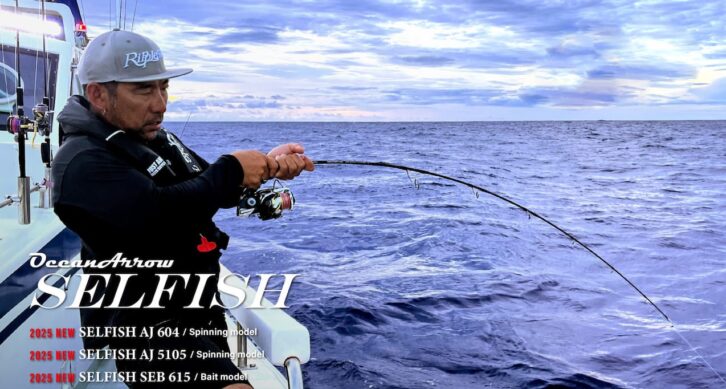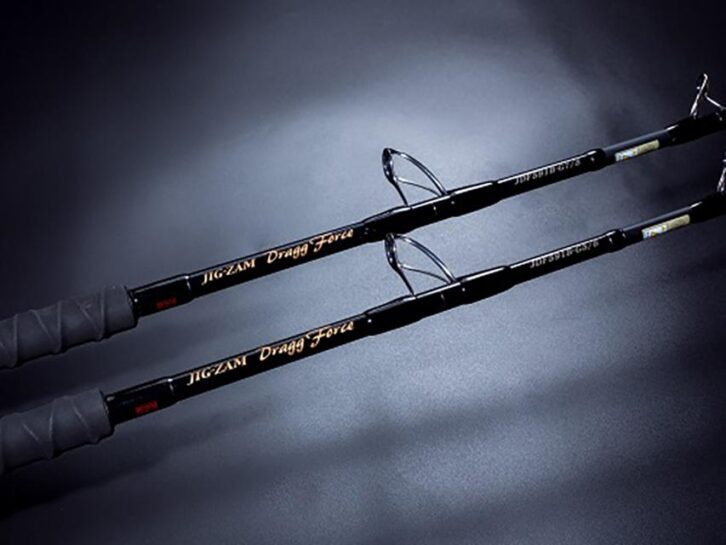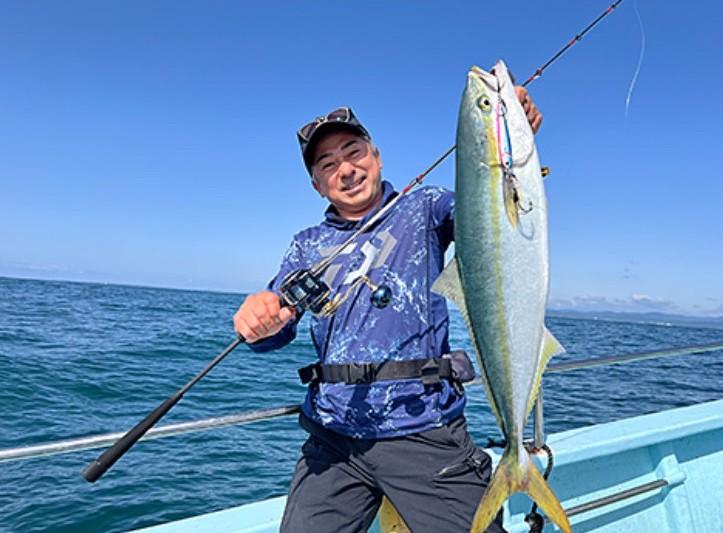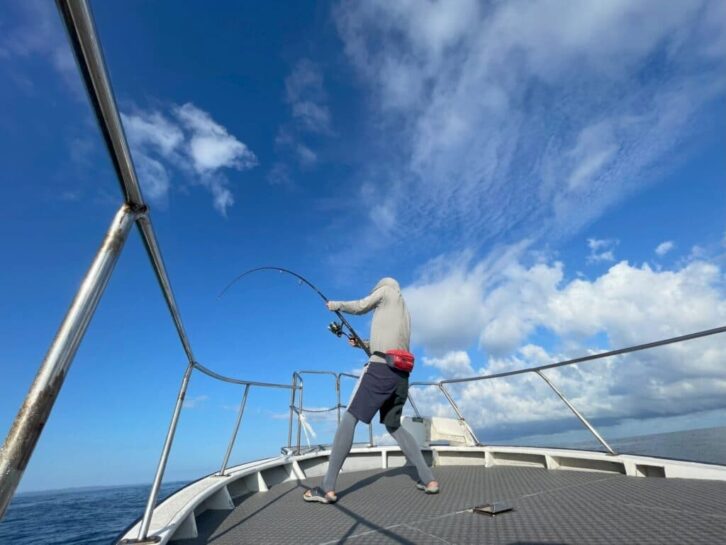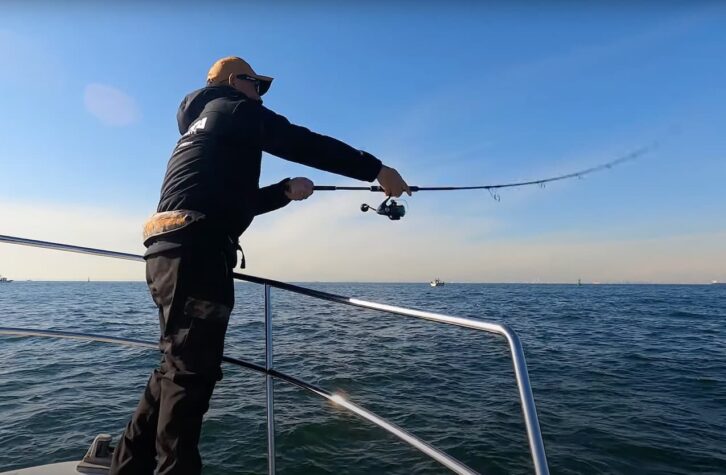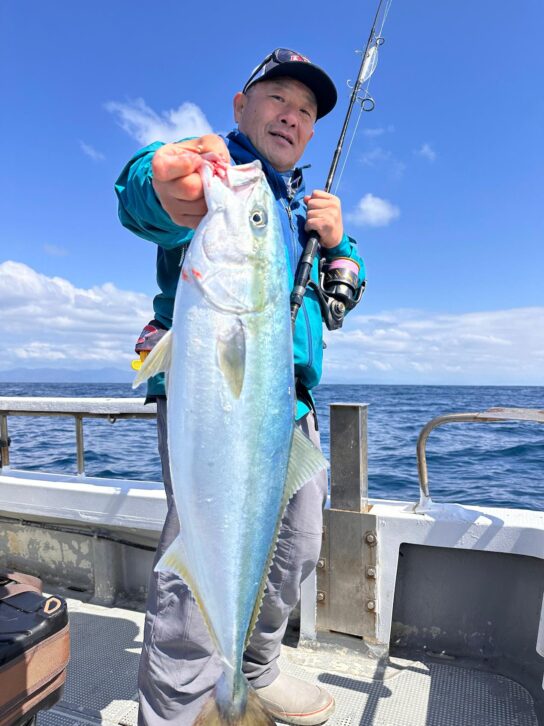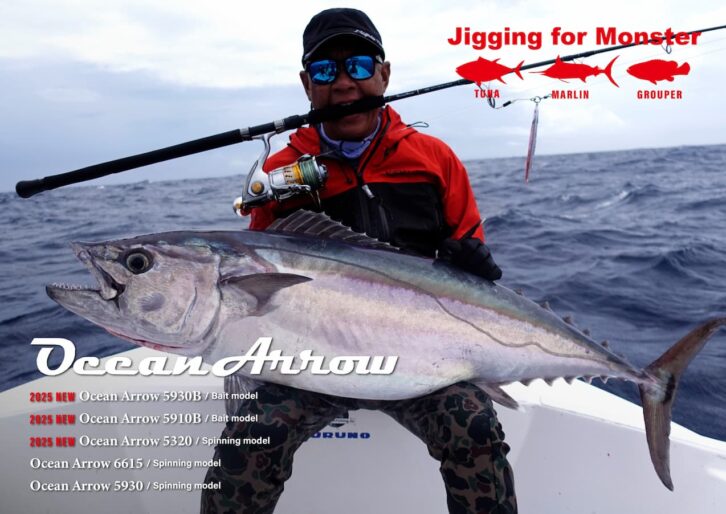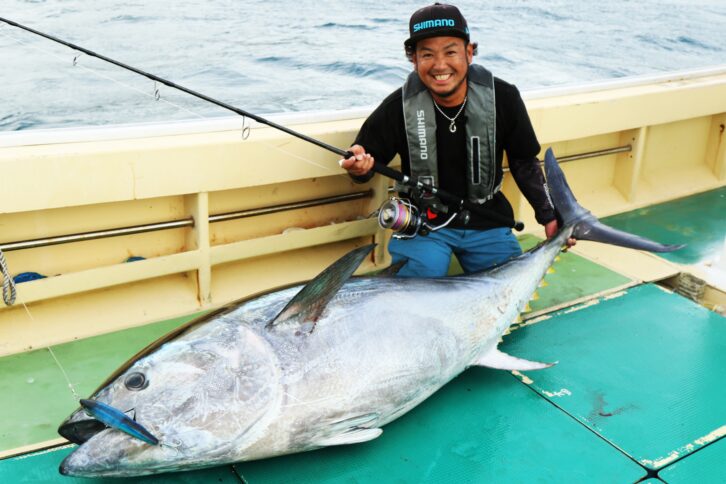Tackle preparation can make all the difference in your catch!
The key to success is using the right tackle for the situation.
This rod is perfect for yellowtail(King Fish)fishing! Tenryu Field Tester Mitsutoshi Sato, Yellowtail Fishing in the Goto Islands
The Genkai Strait and Goto Islands area is a mecca for yellowtail amberjack in the west. With a large population of yellowtail amberjack, many anglers visit this area in search of large specimens. However, it is not easy to catch them just by going there. Selecting the right tackle and lures according to the field conditions is essential. In this fishing trip article, we will share an example of this.
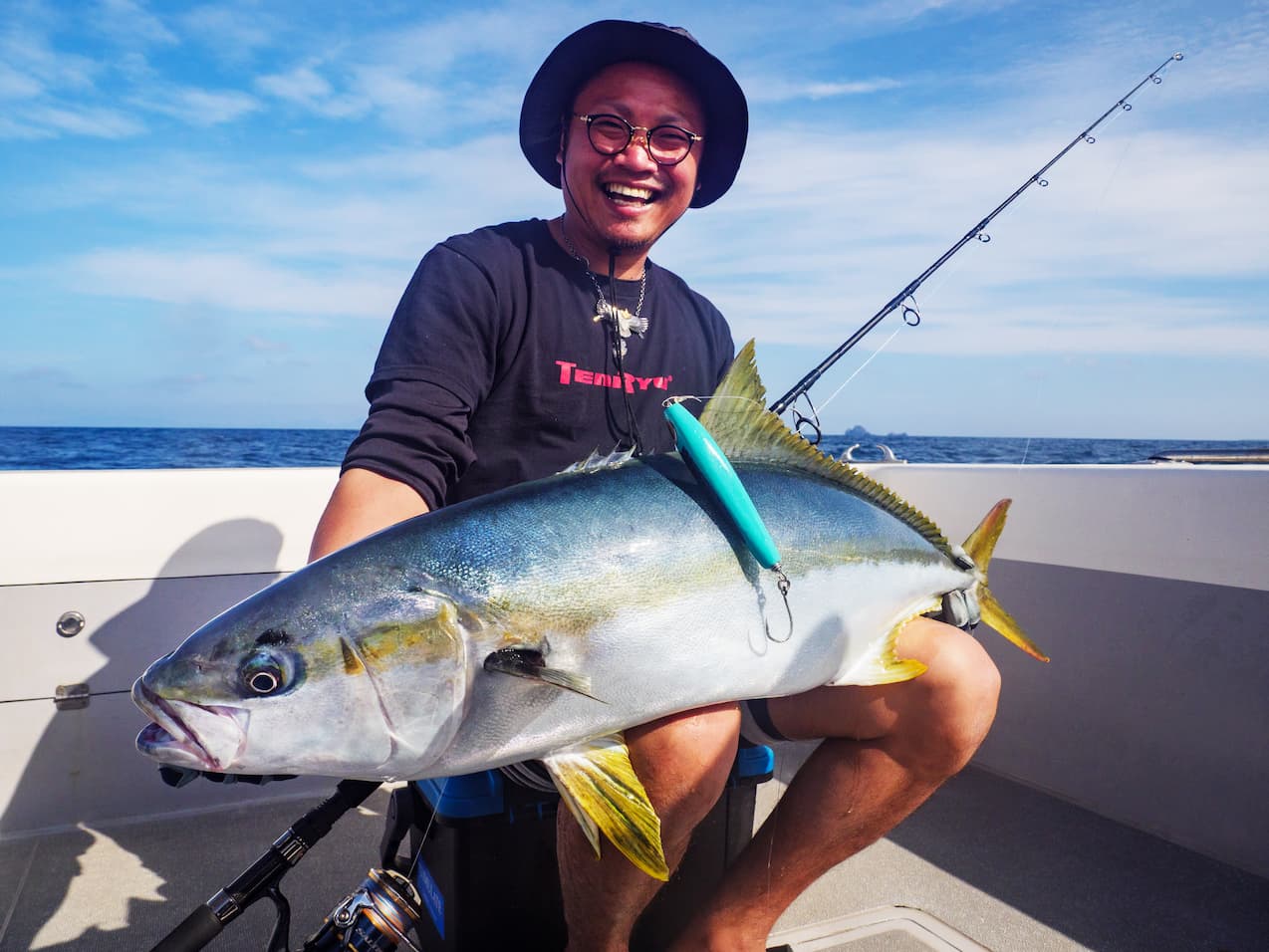
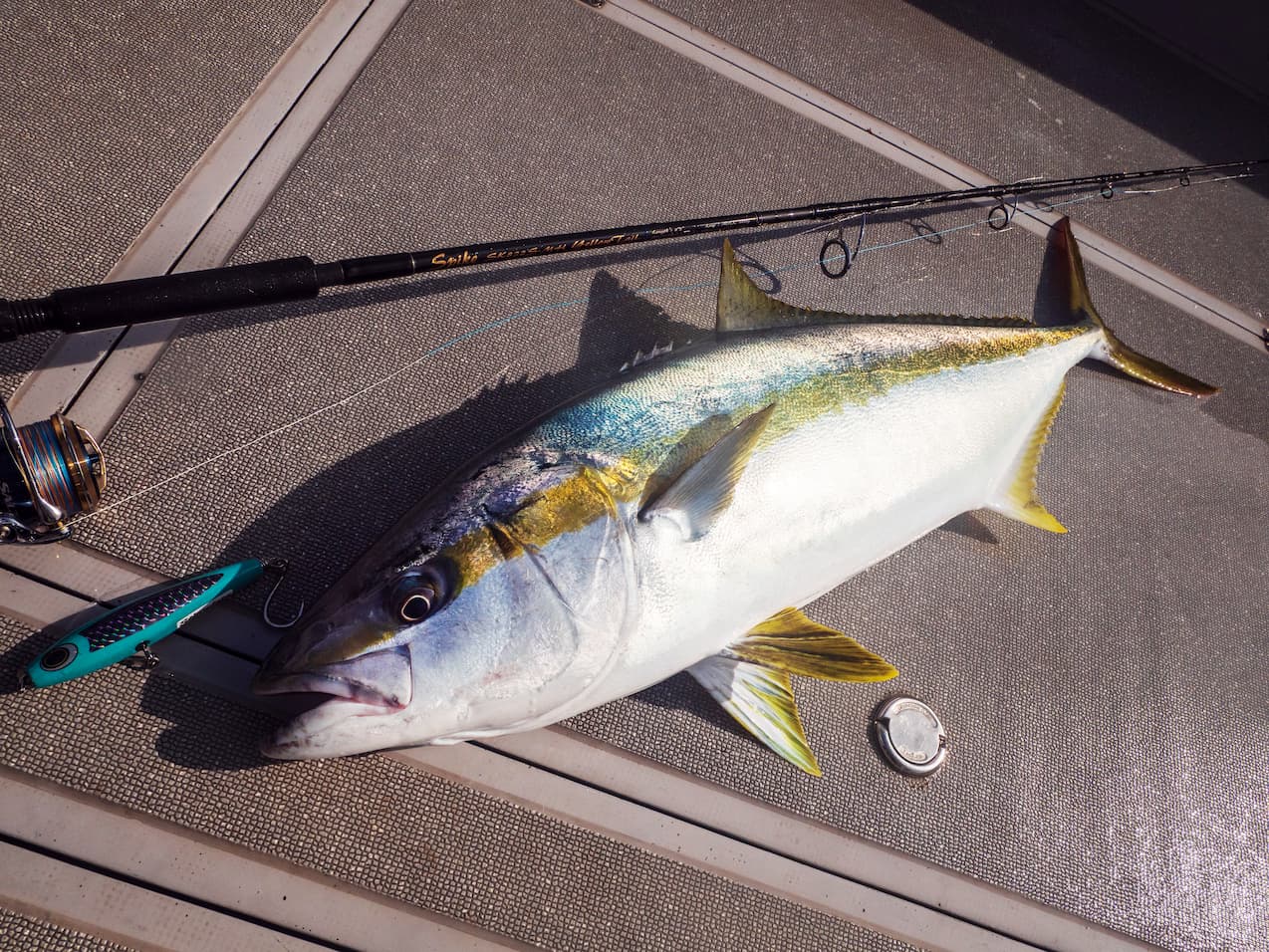
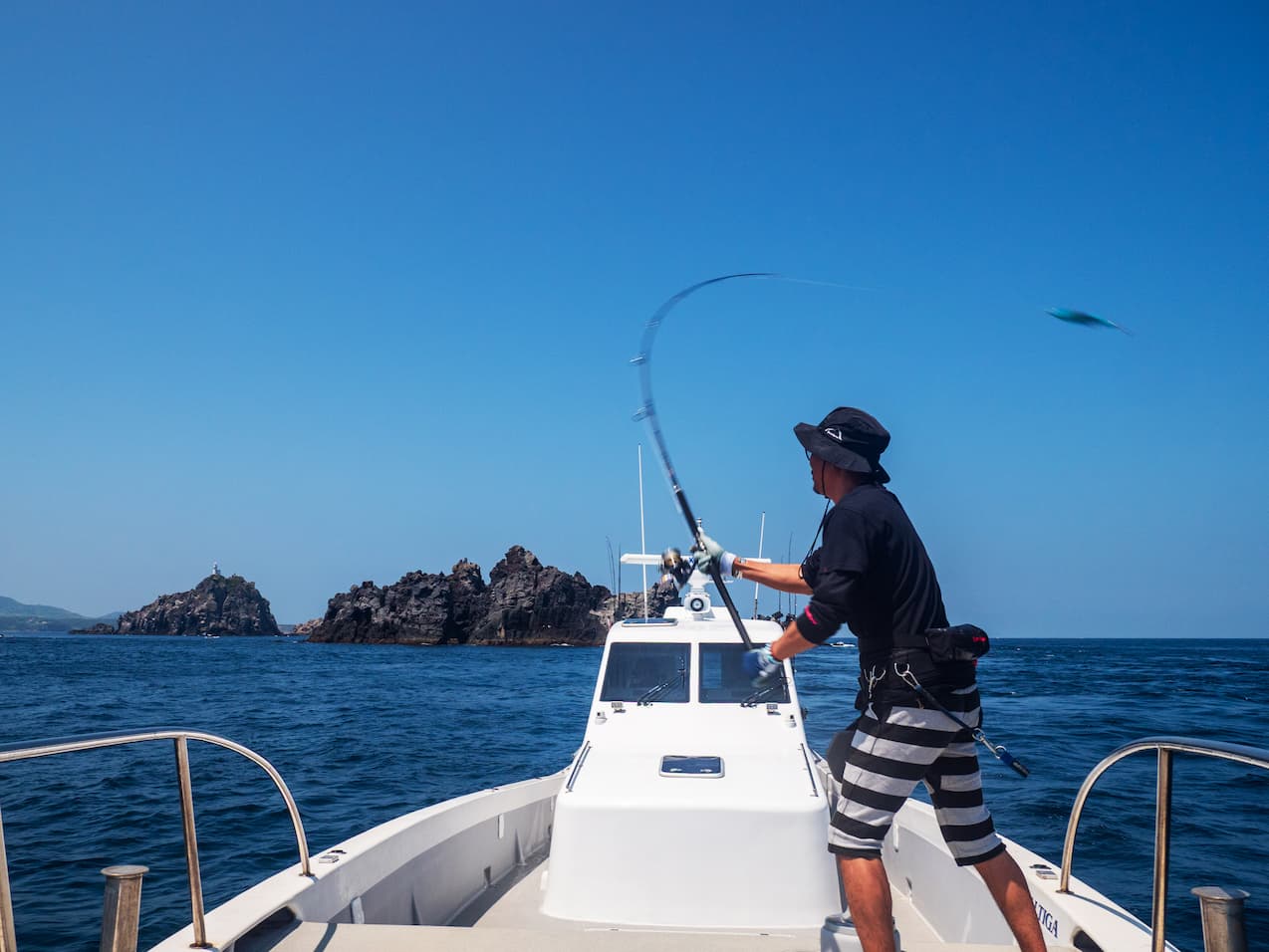
INDEX
Spring Fishing Trip
In spring, the Genkai Strait and Goto Islands area is bustling with yellowtail fishing, as bait fish are abundant. Anglers from all over gather here in search of spring yellowtail, and Mitsutoshi Sato, a field tester for TENRYU based in Imari, Saga Prefecture, also frequently visits this area for fishing trips. Sato established the lure brand “Stimulate” to enhance yellowtail fishing results in this area, personally carving and crafting plugs. Leveraging the favorable environment, he repeatedly conducted field tests until satisfied, ultimately commercializing the products. These lures, imbued with such dedication and backed by a track record of success, have garnered a loyal following among yellowtail amberjack anglers. Sato himself holds a record for catching a 34kg yellowtail amberjack using his own handmade lures.
He set sail in mid-April, during the peak season for spring yellowtail amberjack, aboard the Kowa Maru departing from Sasebo, Nagasaki Prefecture. His target, of course, was large yellowtail amberjack. With a 20kg-class catch already on board, the crew set out to sea with high expectations. The captain chose an area north of the Goto Islands. According to prior information, both plug-based top-range tactics and jigging were yielding results. However, the captain explained that the peak season had arrived about two weeks later than usual. This spring-specific fishing strategy involves casting at yellowtail amberjack boiling near bait in deep water.
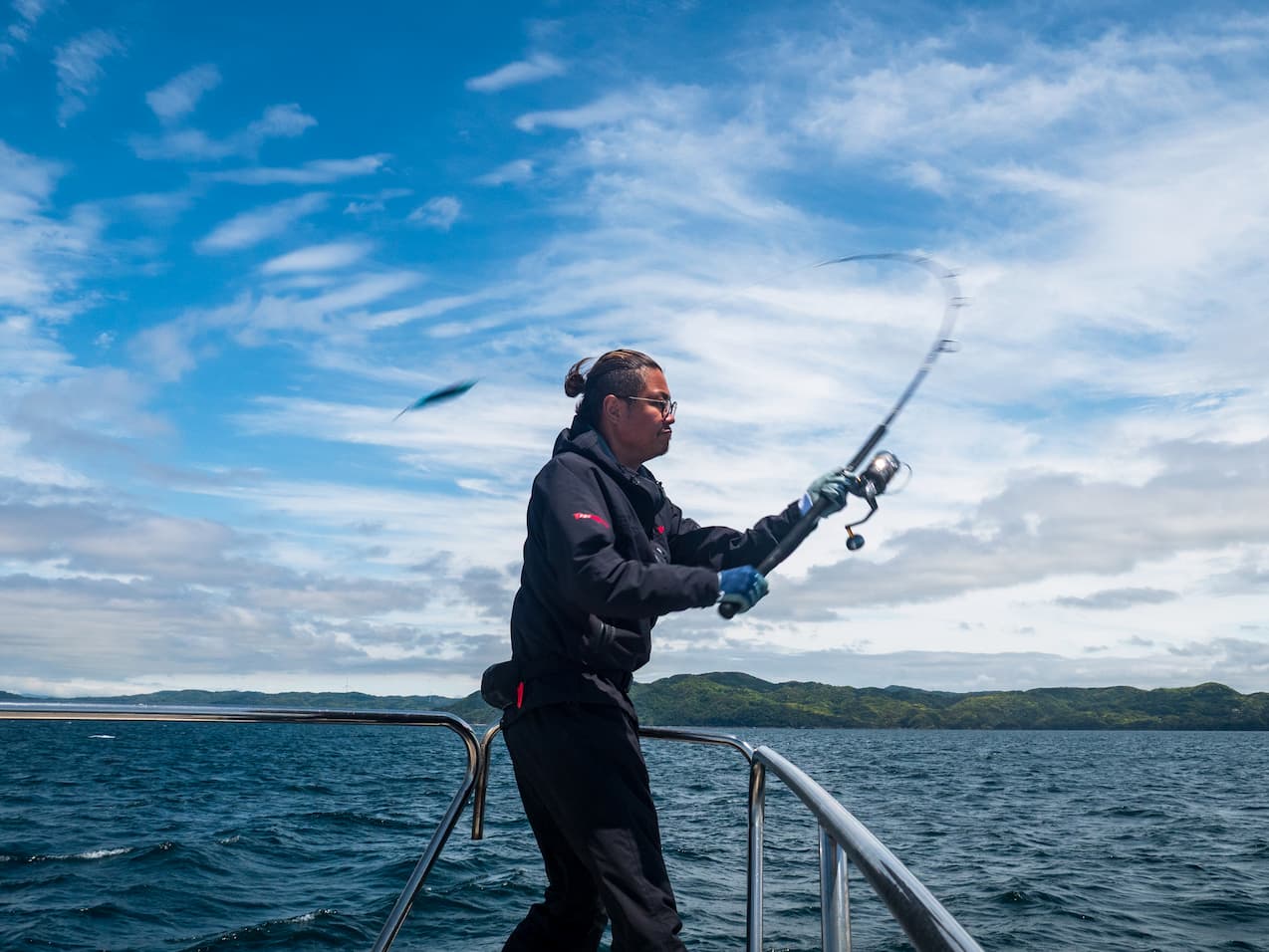
Mitsutoshi Sato, a field tester for TENRYU and representative of lure manufacturer Stimulate. Residing in Saga Prefecture, where frequent lure and rod testing is possible, the Goto Islands and Genkai Strait are his home grounds.
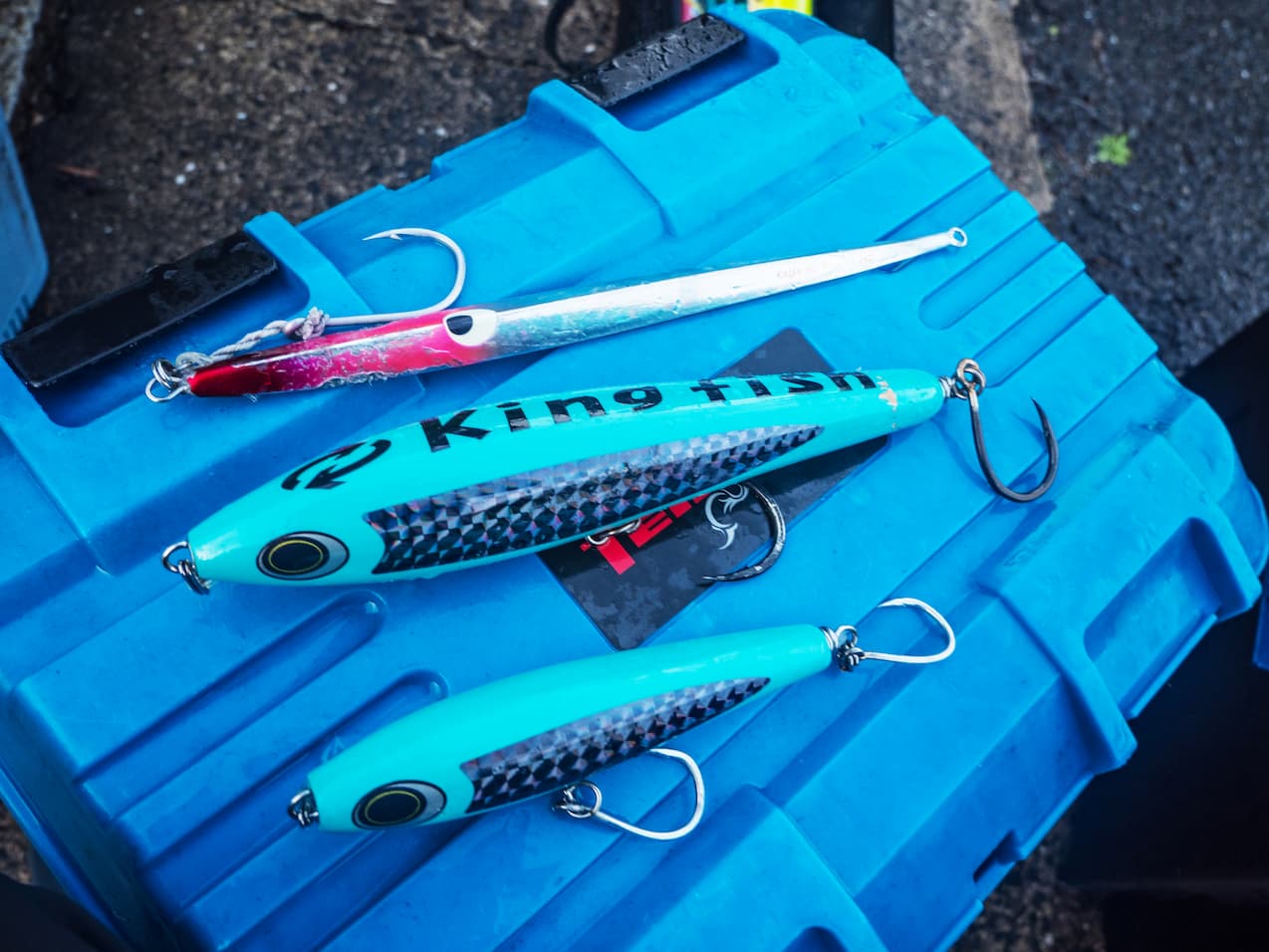
Stimulate’s plugs are repeatedly tested to improve yellowtail amberjack fishing performance before being commercialized. For details, check out @mitsutoshi.sato.589
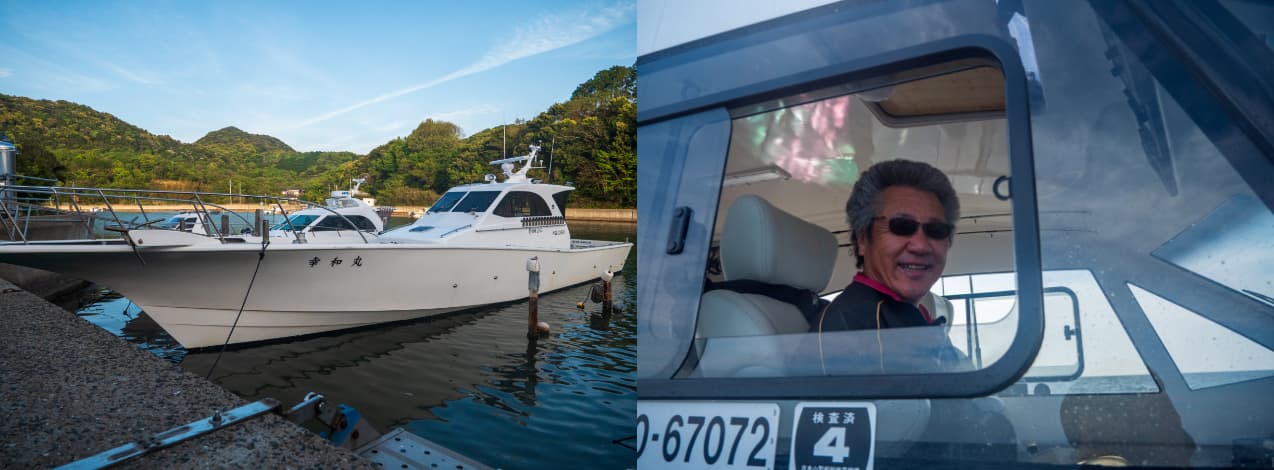
The Kowa Maru (Captain Sakita), a boat frequently used by Mitsutoshi Sato.
http://kowamaru.joy-plaza.jp/
Tackle Selection
So, what tackle did Mr. Sato choose for this day?
When casting, the standard choice for the Genkai Strait and Goto Islands area is an 8-pound PE line. His favorite rod is the TENRYU SPIKE SK822S-H. This model is suitable for larger lures (Stimulate Kingfish) measuring approximately 230mm/120g. He paired it with a SHIMANO STELLA SW14000 reel and connected a 140lb nylon leader to the PE line. On this day as well, he prepared this tackle as his main setup for targeting large yellowtail amberjack.

Additionally, the SPIKE SK822S-MH was prepared as a light tackle option. This rod is paired with a SALTIGA14000 reel, using a thinner setup of PE 4-pound line and an 80-pound nylon leader. A Stimulate prototype lure of approximately 140mm is attached. This selection is tailored for situations where small baitfish are being preyed upon, and large plugs are less effective.

Additionally, for targeting large yellowtail amberjack, I prepared a PE 10-pound class setup. This consists of the SPIKE SK822S-X, the most powerful model in TENRYU’s 2025 lineup, paired with PE 10-pound line and an 180-pound leader. In deeper waters, the SPIKE SK822S-H tackle with PE8 class line can be used, but for targeting large yellowtail amberjack in shallow waters, this tackle is essential. It is used when a fierce fight is needed to quickly pull the fish away from the bottom upon hooking. However, during the two-day fishing trip, the field conditions did not require its use. However, as autumn deepens, trophy-sized yellowtail amberjack feeding on large baitfish like dolphinfish enter shallow waters. At that time, Mr. Sato says the SK822S-X with PE10 line is absolutely necessary.

By the way, the TENRYU SPIKE series is a line of offshore casting rods from TENRYU that has undergone repeated model changes over the years. The company is one of the few Japanese-made rod blank manufacturers, and it incorporates the latest rod technology into the SPIKE series while applying the optimal balance and design cultivated through years of rod-making experience to each model. Each model in the series features a balanced distribution of flexibility and rebound, offering a reassuring level of durability. This durability is achieved through the use of the proprietary carbon nanotube material “C·N·T” in the butt section. Additionally, the blank design is tailored to the type of lure and casting method for each model, and the guides are strategically placed and selected to provide a smooth casting feel. As of 2025, the SPIKE series includes seven standard models for tight casting in nearshore waters and tuna fishing, and three SPIKE XPG models for bluefin tuna fishing.
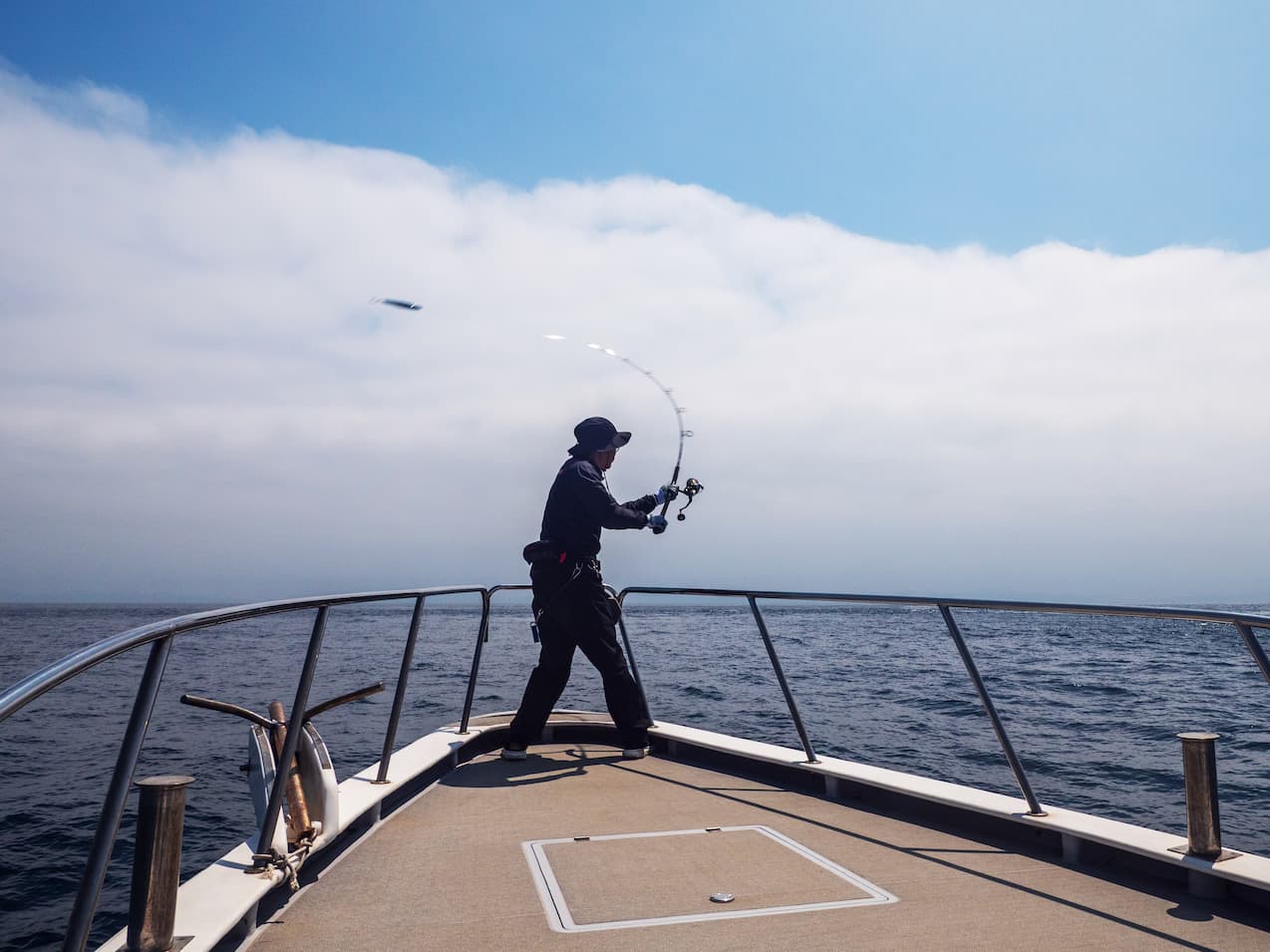
The SPIKE series offers a good balance of flexibility and rebound. It features high casting performance and, after a hit, demonstrates its signature resilient bend while continuously applying pressure to the fish.
SPIKE Product Information
https://fishing.tenryu-magna.com/offshore/SPIKE.html
SPIKE Product Explanation Video
Actual fishing was typical for spring
So, how did the actual fishing go? During this spring season, yellowtail amberjack, which had been active near the bottom during the winter, begin to move around in preparation for spawning. With the Kuroshio Current flowing in, sardines gather in the middle and upper layers, and the yellowtail amberjack feed on them to prepare for spawning. These individuals were the target of this trip.
On the first day, the captain drifted along the current where sardines were active. However, the north wind was strong that day, causing the boat to drift quickly. There was little response from the fish, and the day ended with a 4kg yellowtail caught by casting in the evening. The water temperature changes caused by the wind may have made the fish reluctant to bite. Despite focusing on casting throughout the day, there were only two or three promising opportunities, making it a challenging situation.
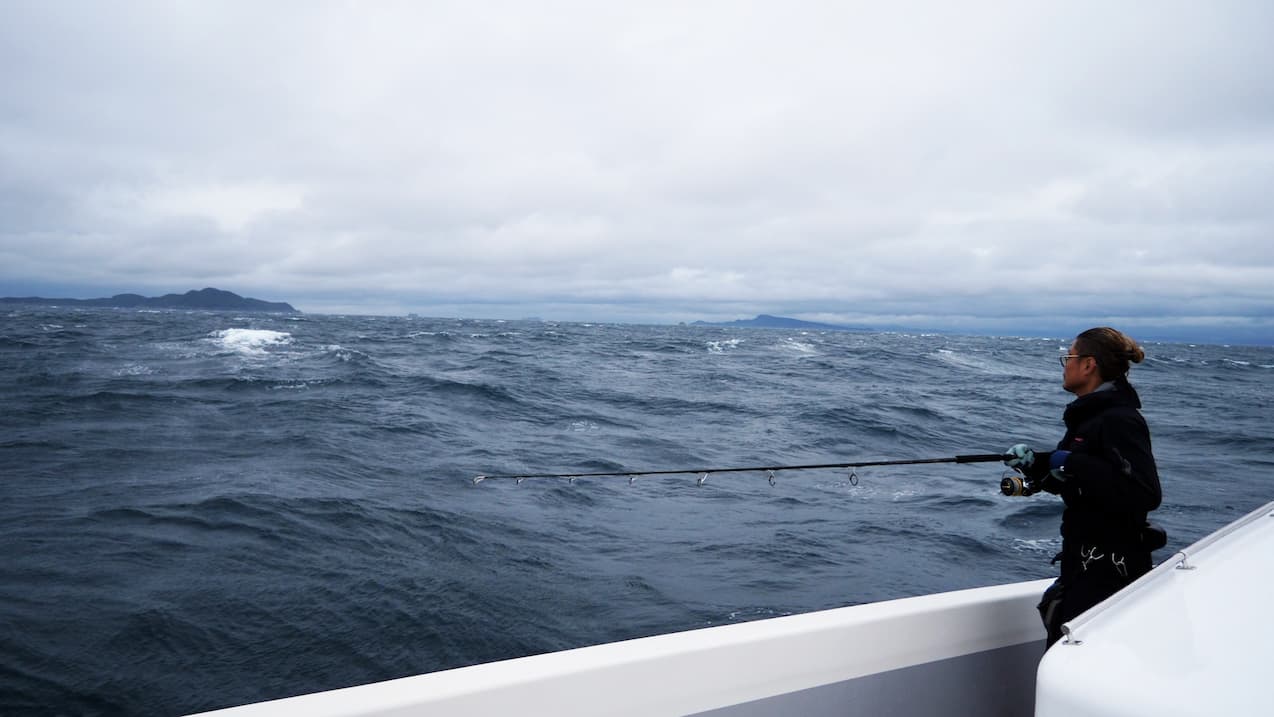
On the first day of the fishing trip, the weather was bad with wind speeds of 5 to 17 meters per second, and it felt colder than expected. The previous day had been rainy, and perhaps due to that, the fish were not responding well.
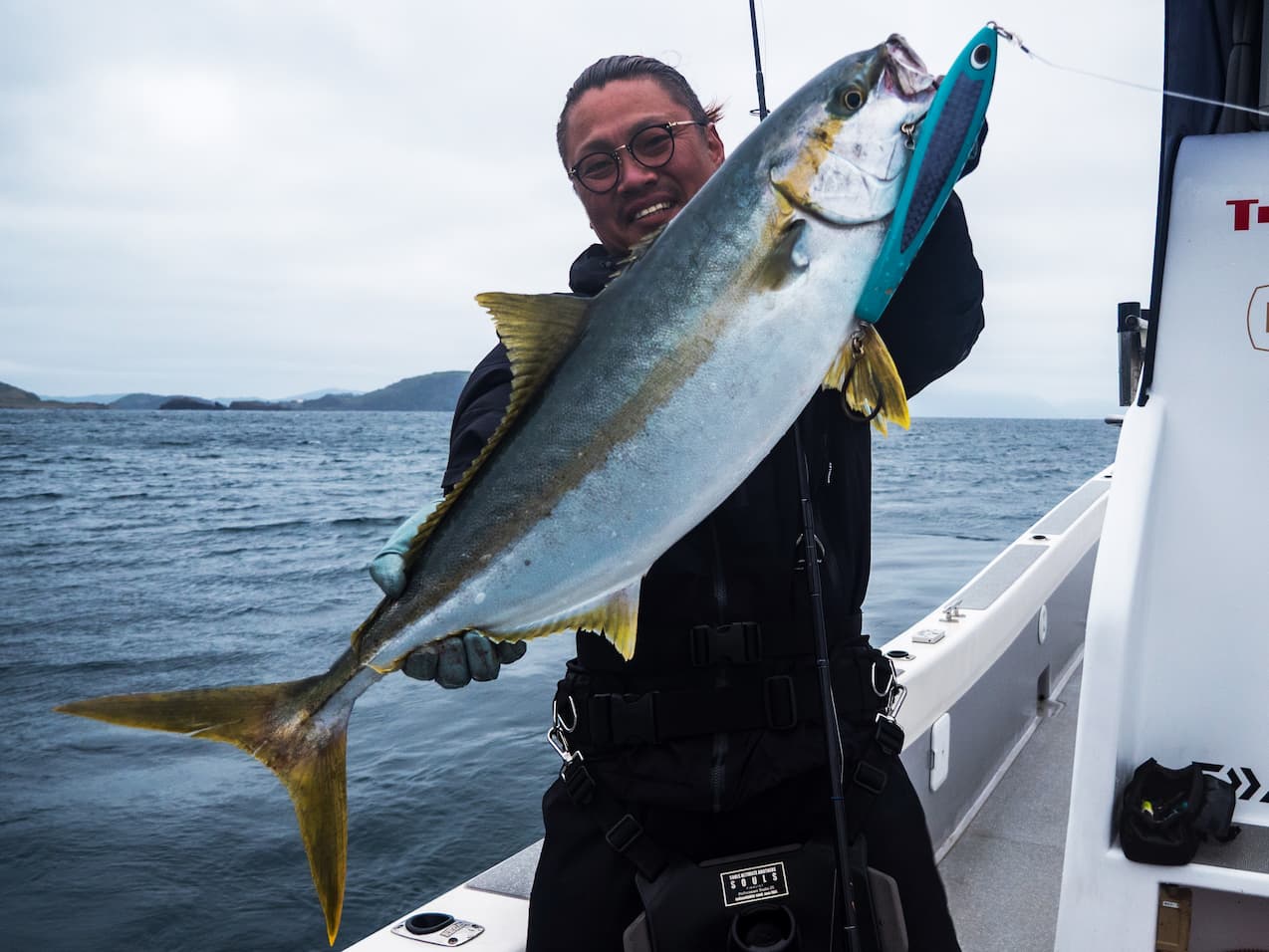
In low activity, a 4-kilogram class fish was caught. There were few opportunities throughout the day.
On the second day, we approached with renewed determination. The weather improved significantly from the previous day, with winds around 5 m/s, creating ideal conditions for yellowtail casting. We targeted areas with deep water where sardines, the bait fish, were active. We also checked shallow areas, but based on the captain’s judgment that the response was weak, we focused on areas with depths of around 60 m and 80 m. We slowly drifted along the current where there was activity, repeatedly casting, and when diving birds or boils appeared, we searched the surrounding area more thoroughly. Additionally, when bait activity was detected in the midwater layer, we sank the metal jig and searched broadly from the midwater layer to near the surface. As a result, we were able to accumulate catches, with the largest weighing 10 kg.
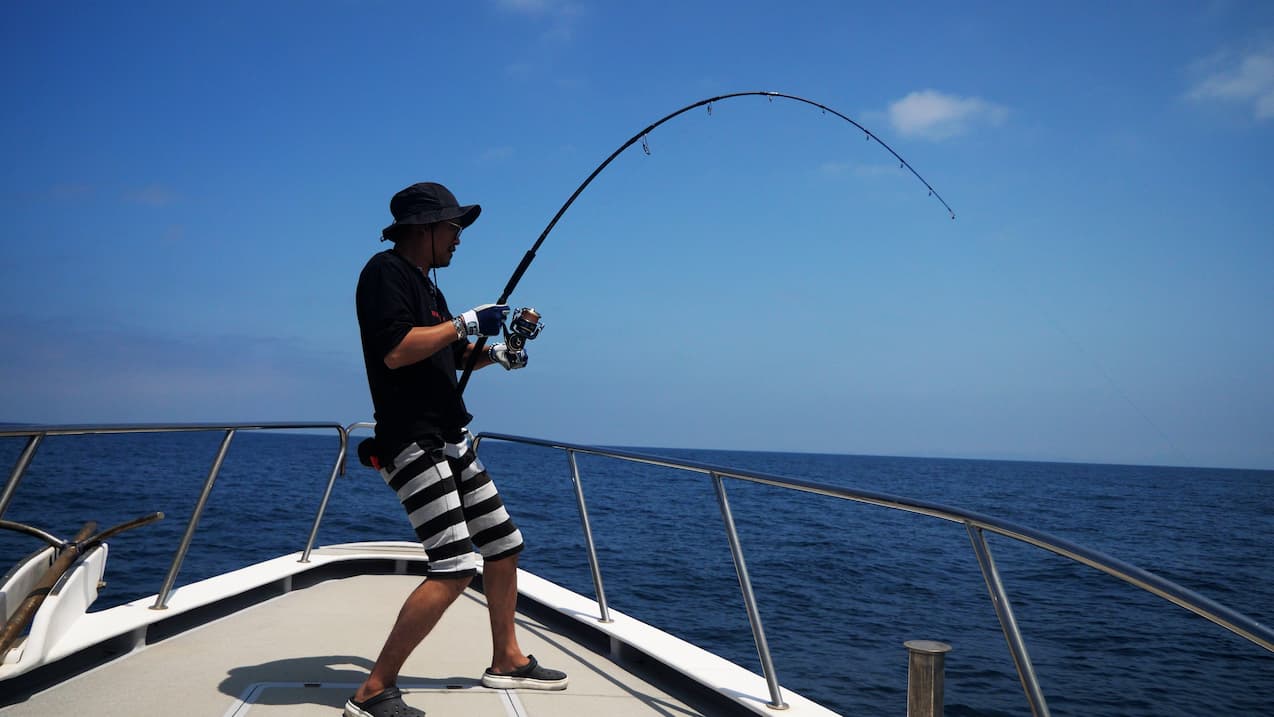
On the second day, the weather improved, and the fish became more active. Hits continued sporadically.
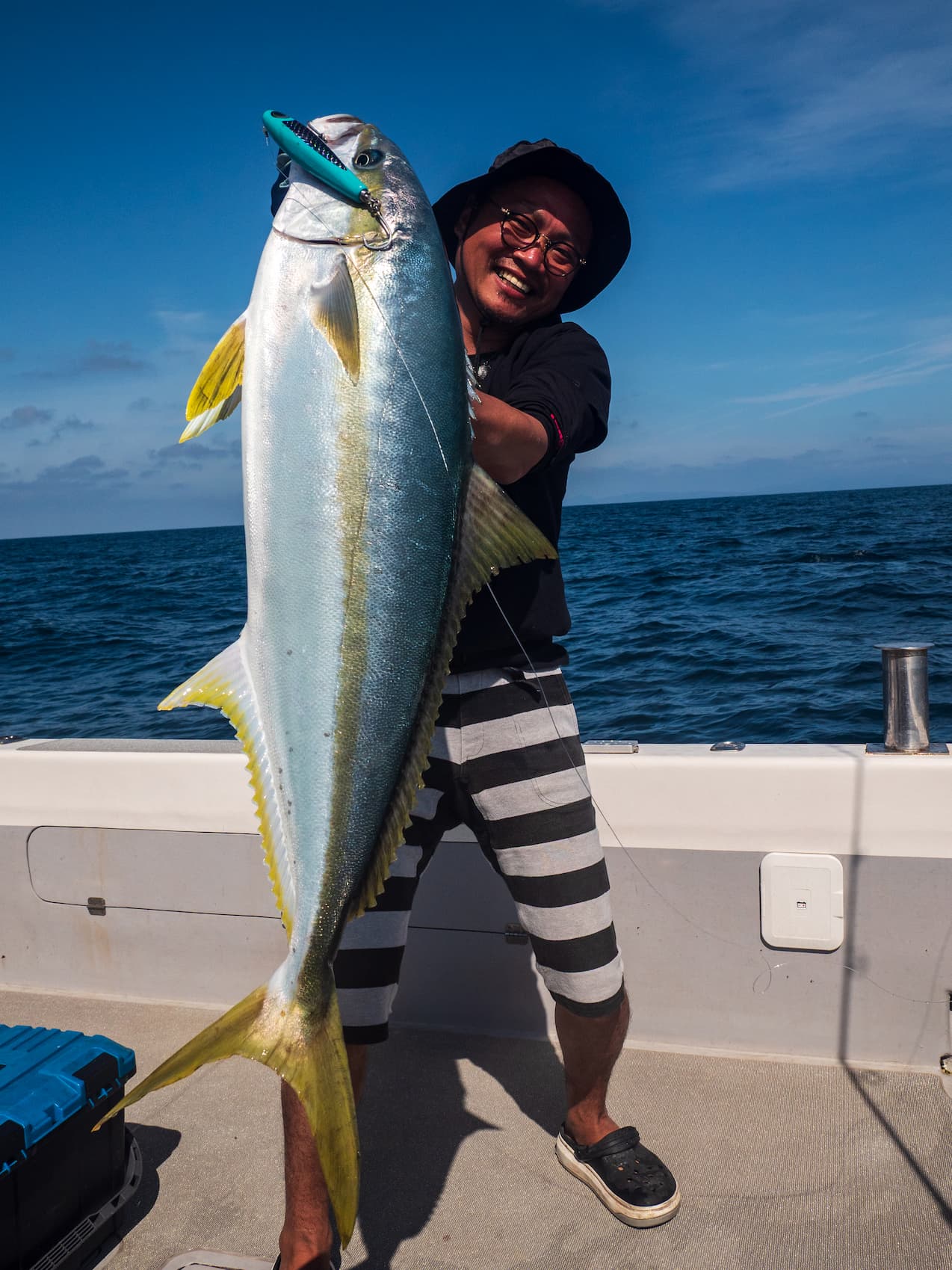
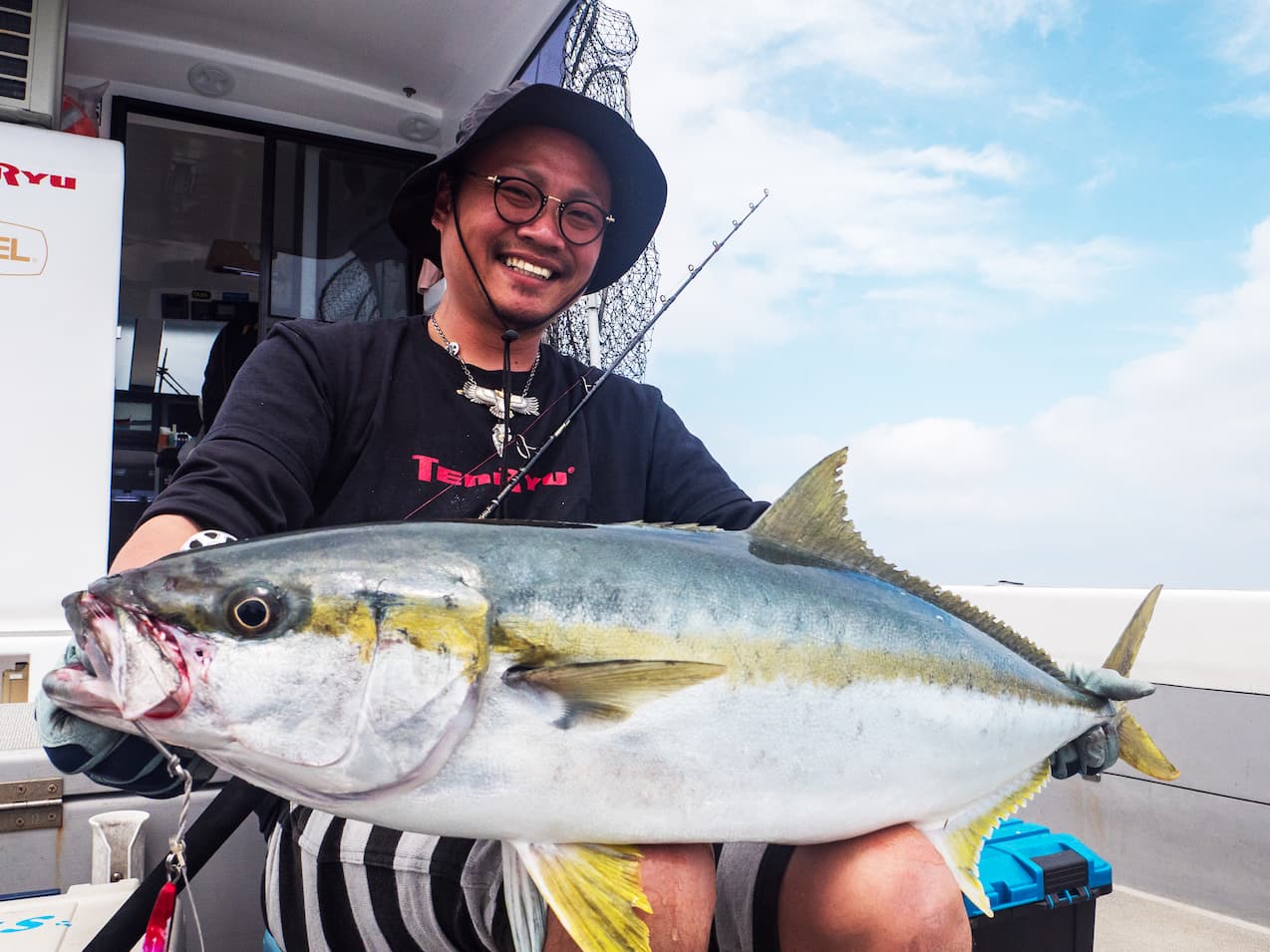
We caught many fish, including the 10kg class shown in the photo.
When the tide started moving again, a large fish hit along the tidal current offshore. It was estimated to be around 20kg, the largest size caught over the two days. Unfortunately, it came off the hook. Later, just before the end, we encountered a large school, and the lure was chased fiercely by about 10 fish. At that moment, we caught the largest fish of the trip, a 15kg class, and the fishing trip came to a close.
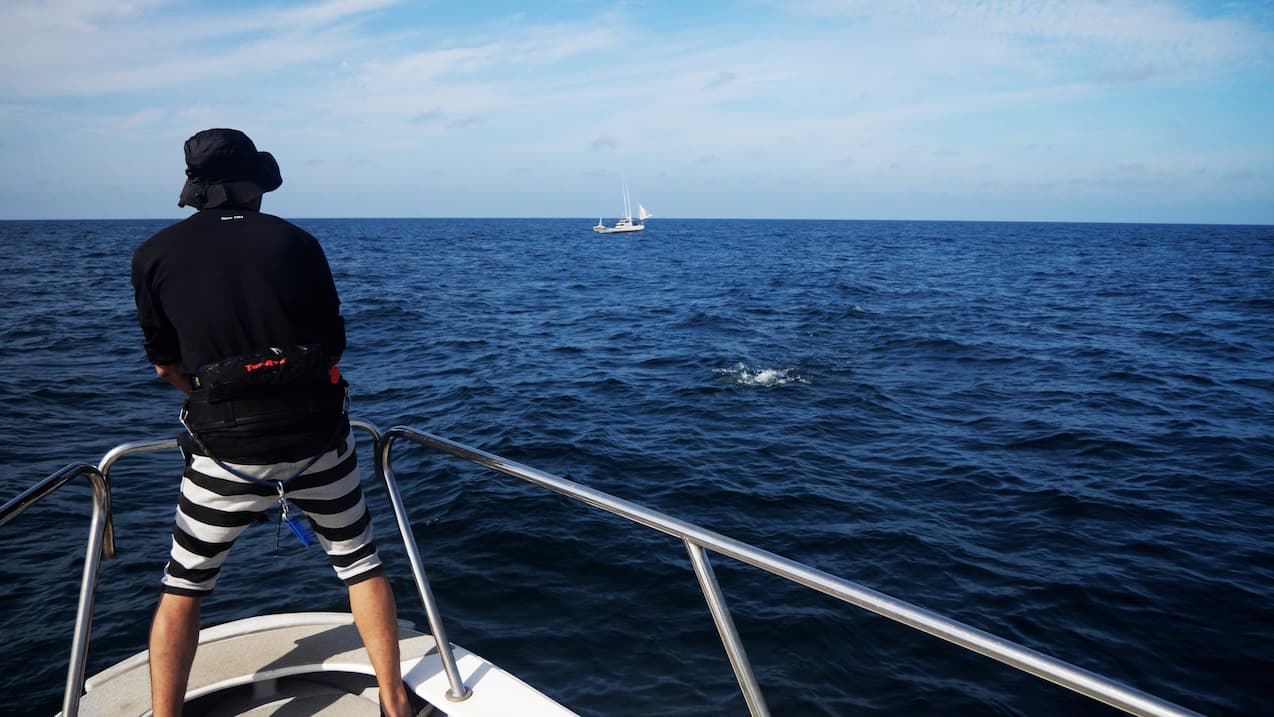
As the tide began to move, the fish activity increased further. During that golden opportunity, we read the tide carefully, read the fish’s direction, and landed the hit!
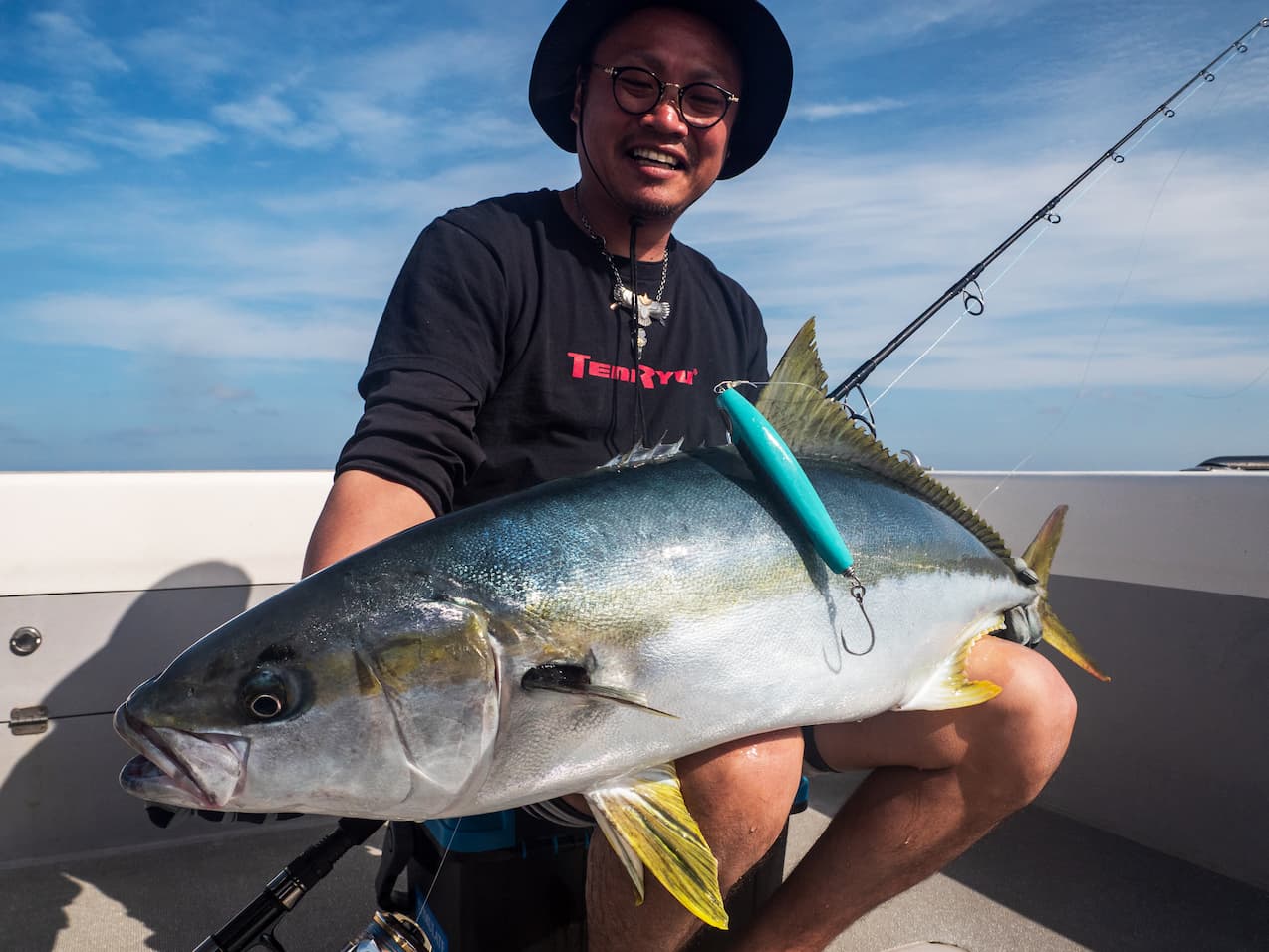
The largest fish of this trip, weighing 15kg.
Spring tactics and the difference between the SK822S-H and SK822S-MH
This time, Mr. Sato primarily used the lighter SK822S-MH among the tackle he brought. As mentioned earlier, Mr. Sato’s standard tackle for the Genkai Strait and Goto Islands area is the SK822S-H, but based on the judgment that small sardines as bait and large lures were not effective, he set up a reel with PE4 line and chose a light tackle with a small lure of about 140mm. So, what is the difference between the SK822S-MH and SK822S-H used as the main tackle this time? While the difference in power is easily discernible, what about the difference in blank performance? I asked Mr. Funaki, a staff member from Tenryu who accompanied me on the fishing trip.
“In terms of action, when comparing the two models, the SK822S-H has a faster taper. This allows for greater casting distance. Even in windy conditions, it can be cast firmly, enabling the casting of large plugs at long distances. On the other hand, the SK822S-MH has a more flexible blank compared to the H model, offering higher lure maneuverability. When using small to medium-sized lures with the H model, the strong power can cause the lure to move erratically, but the SK822S-MH absorbs the action through its flexibility, making it ideal for lures up to 100g. It also has enough butt power to handle a large yellowtail when it strikes.
In fact, Mr. Sato successfully enticed a bite by skillfully maneuvering a small plug with the SK822S-MH. Additionally, the deep water area was one of the reasons for selecting the SK822S-MH and PE4 line. The water depth allowed him to match the yellowtail’s movements and let it run when necessary, without engaging in a fierce fight.
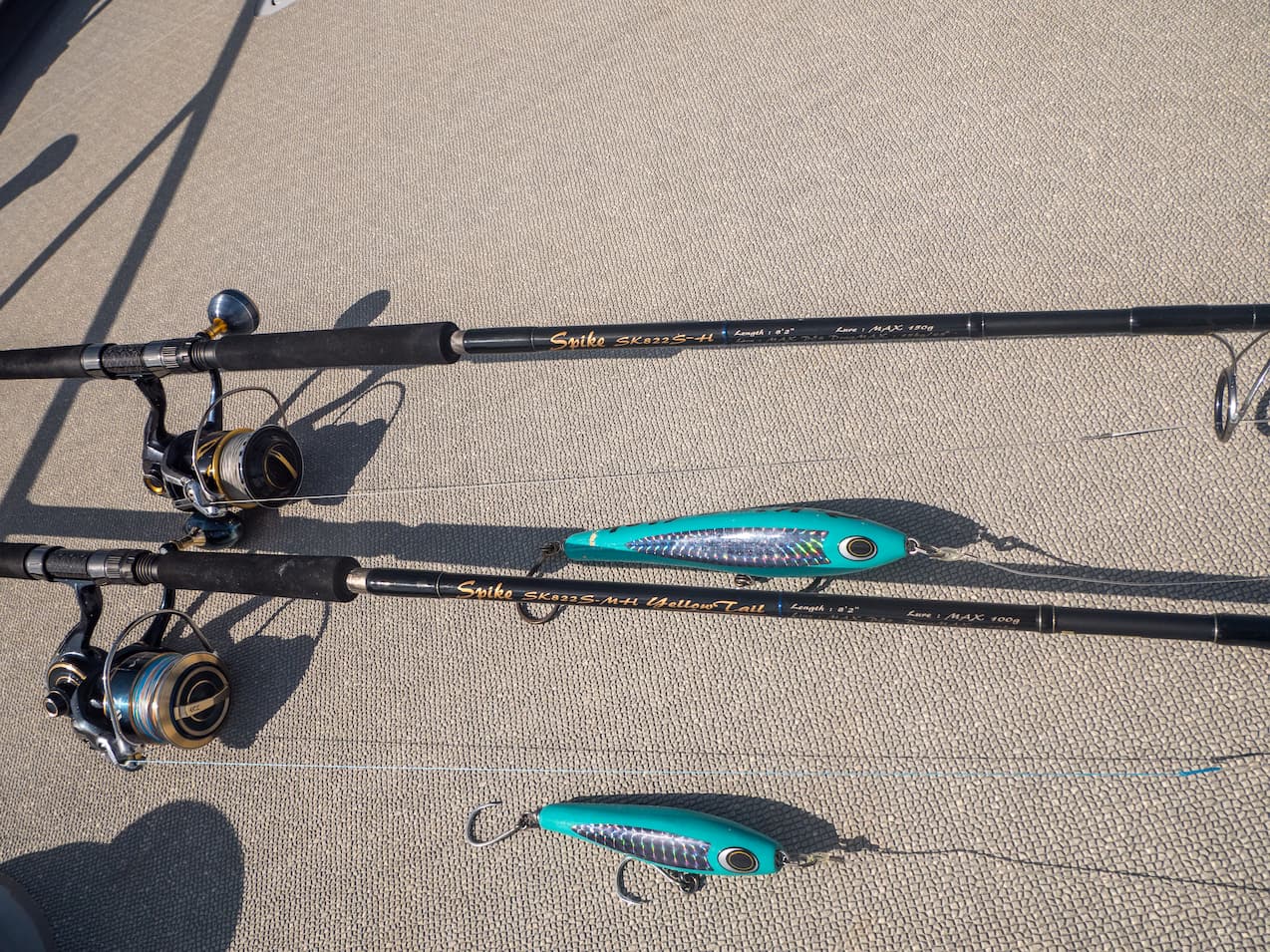
The SK822S-H, which is usually used as the main tackle, and the SK822S-MH, which was effective this time for handling small plugs. The rod is designed with the optimal lure size in mind. Preparing tackle for each lure used can lead to better results.
Strategies for Using Jigs
In spring, the Genkai Sea and Goto Islands area is an interesting time to fish with metal jigs, and depending on the situation, using metal jigs can increase your catch. Mr. Sato noticed bait activity in the midwater layer and, to target yellowtail amberjack that were not rising to the surface, he immediately deployed a jig. He focused on using a long-type metal jig with a single-pitch Hirado jerk technique. The jigging range spans from the bottom to the upper layers, but if sardine activity is more concentrated in the upper layers than the mid-water layer, carefully target that area. Sato’s tackle setup included a TENRYU JIGZAM WILDMARK JWM5101B-5 baitcasting rod, PE4 line paired with an 85lb fluorocarbon leader, and a Killer Jig V Long 240g.
The JIGZAM WILDMARK series features a strong yet flexible blank, offering a balance of lightness and durability. While it may seem too weak for light jigging and too strong for bluefish jigging, its ample power makes it ideal for technically targeting bluefish. The J JIGZAM WILDMARK JWM5101B-5 selected by Mr. Sato is designed to handle jigs up to around 250g and enables precise metal jig operation even in fast-moving currents. In fact, in areas like the Genkai Strait and Goto Islands, currents can be fast depending on the day and location. This model is easy to use when you need to deploy your skills to tackle such conditions.

https://fishing.tenryu-magna.com/offshore/jig-zam_wildmark.html
Additionally, Mr. Sato has prepared the HORIZON MJ ·HMJ5101B-H jigging rod. This is the strongest model (MAX PE3) in the light-duty jigging rod series, paired with a reel spooled with PE4 line. The leader is 85lb, and the metal jig is the Gutter Jig Slim 240g. This setup is selected when a more natural approach is deemed appropriate.

https://fishing.tenryu-magna.com/offshore/horizon_mj.html
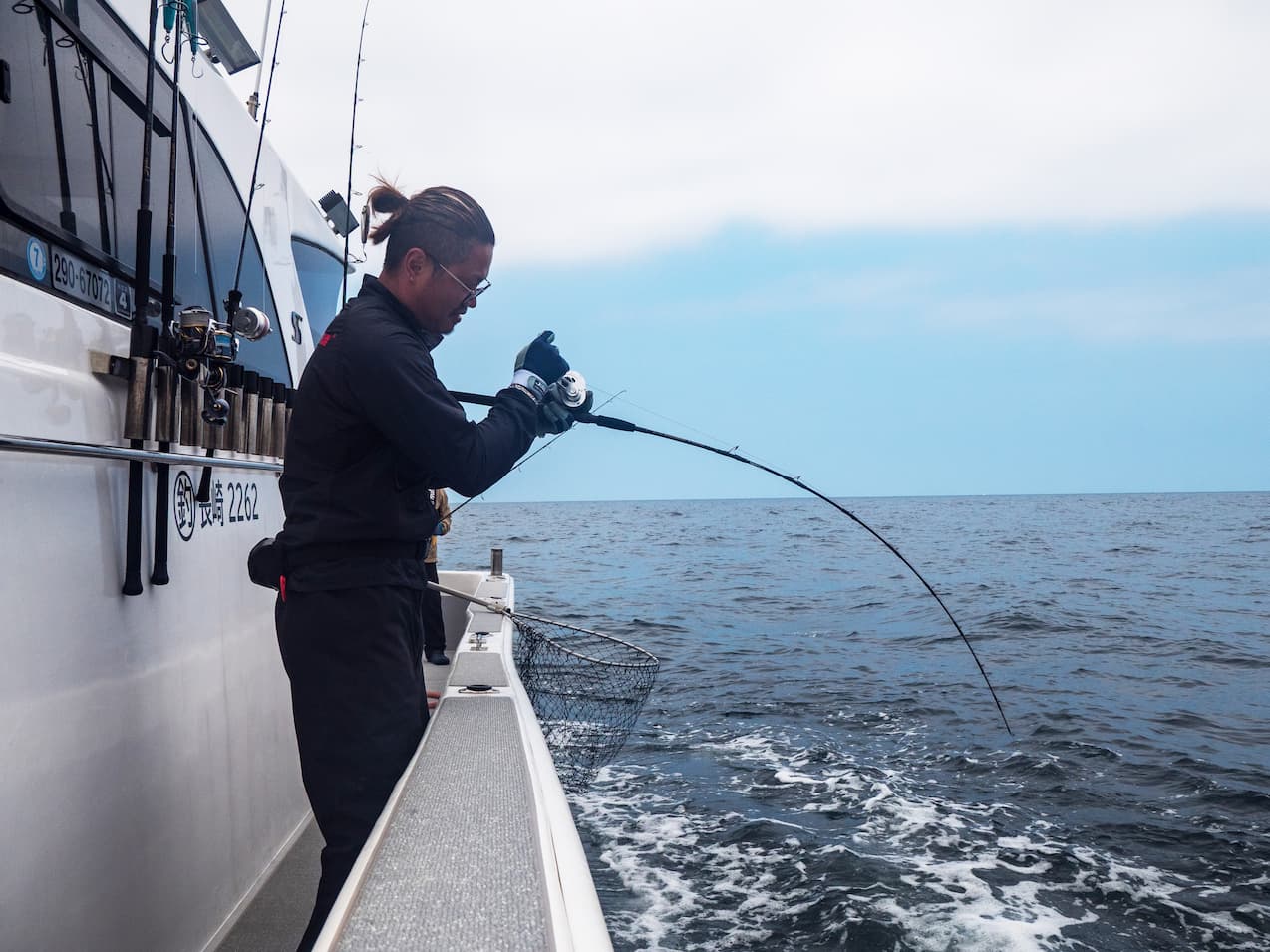
The JIGZAM WILDMARK JWM5101B-5, which endures tenaciously and brings fish to the surface. On the second day, it also produced numerous hits in jigging.
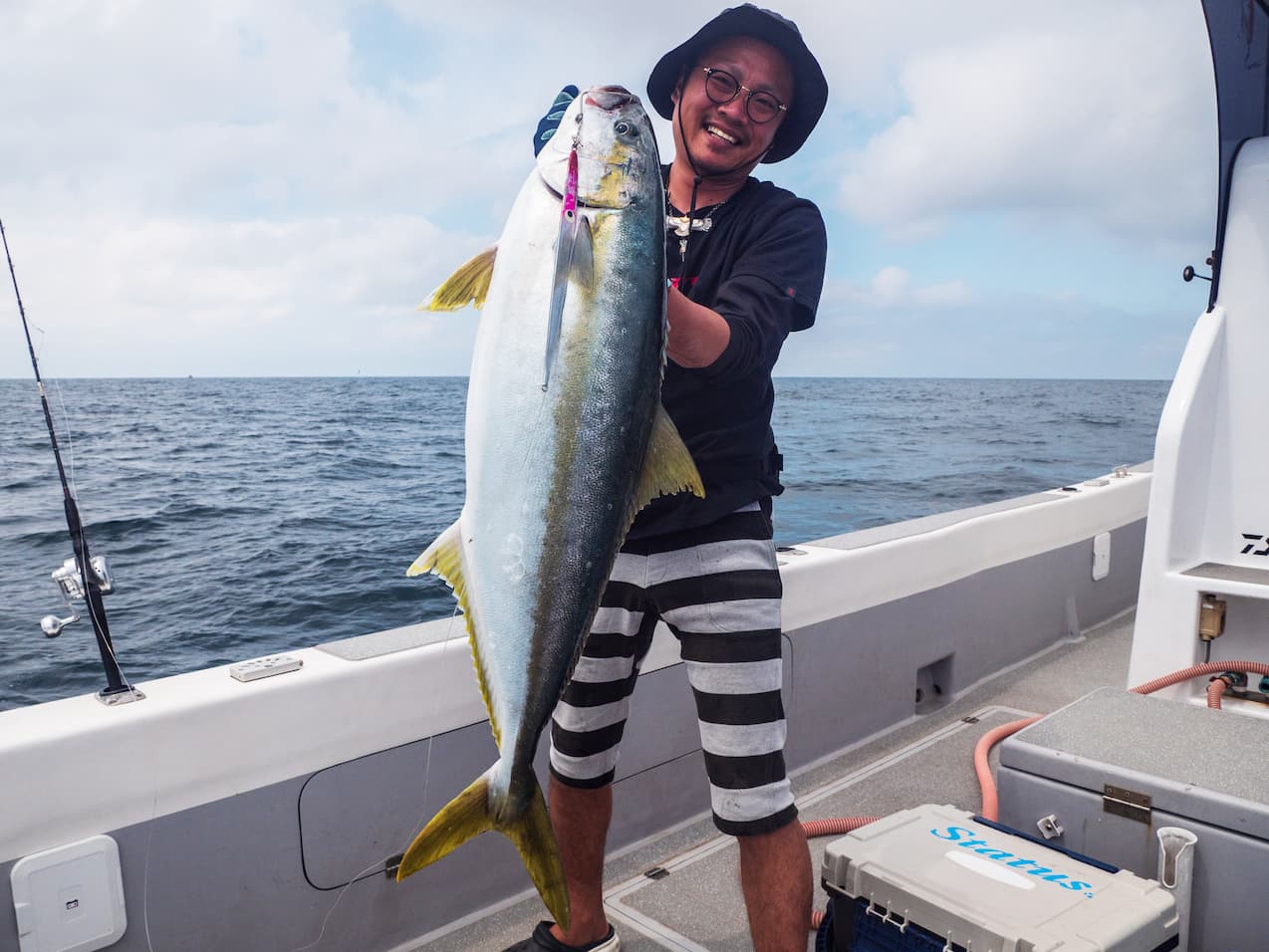
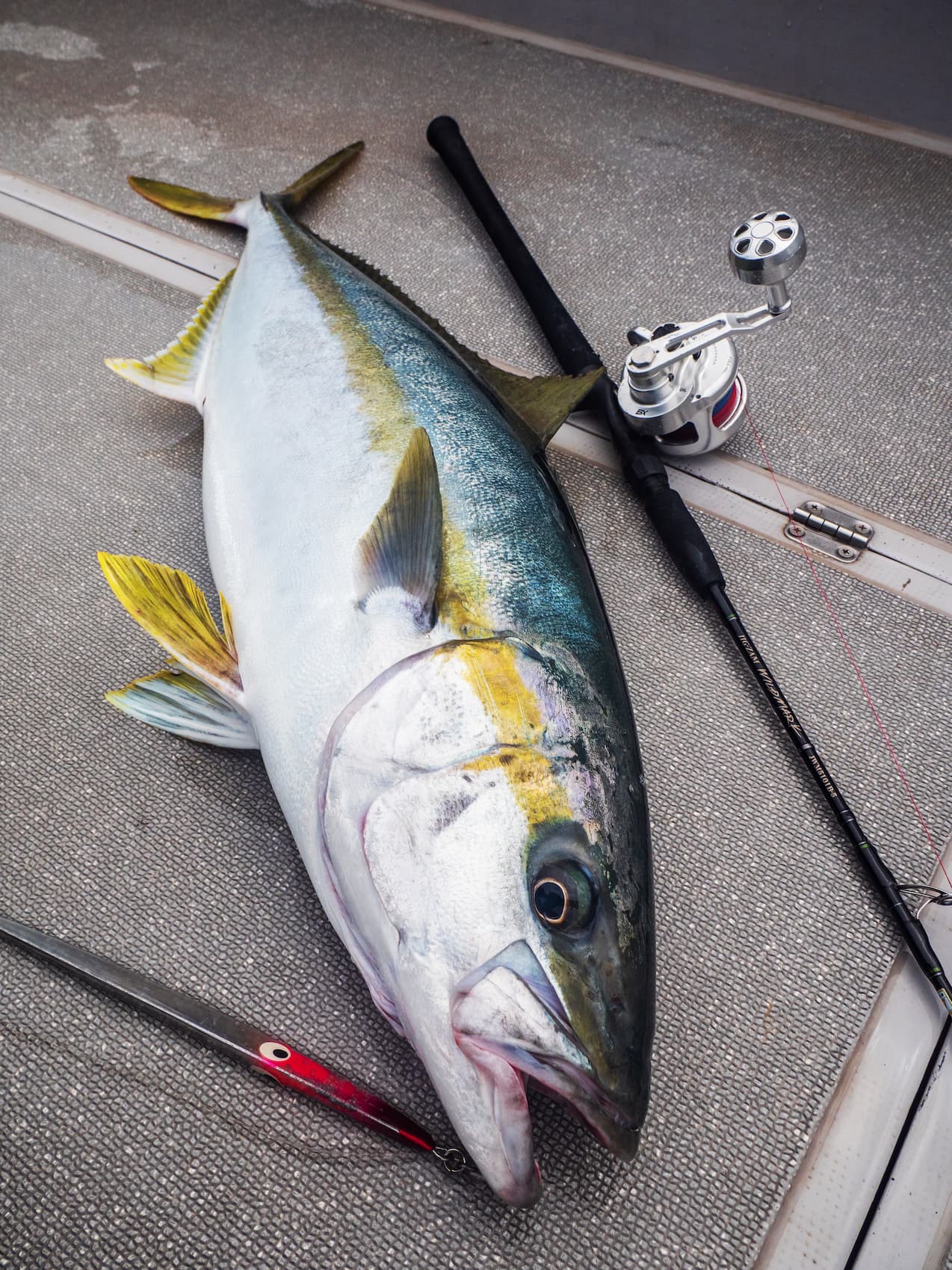
Mr. Sato uses a long-type metal jig and searches with a single pitch. This is the Hirado Jerk, born in this area.
Tackle should be adapted to the season and conditions
When imagining the Genkai Strait and Goto Islands area, rich in yellowtail amberjack, many people might picture casting large lures to target large fish. In recent years, such catches have been prominent on social media, so it’s no wonder people might be misled into thinking that way. However, conditions vary by season, and casting large lures alone may not always lead to good fishing. By assessing the conditions during the fishing trip, reading the field, and adapting the tackle accordingly, the catch rate improves. For this reason, it’s essential to prepare light tackle, standard tackle, power tackle, and jigging tackle.
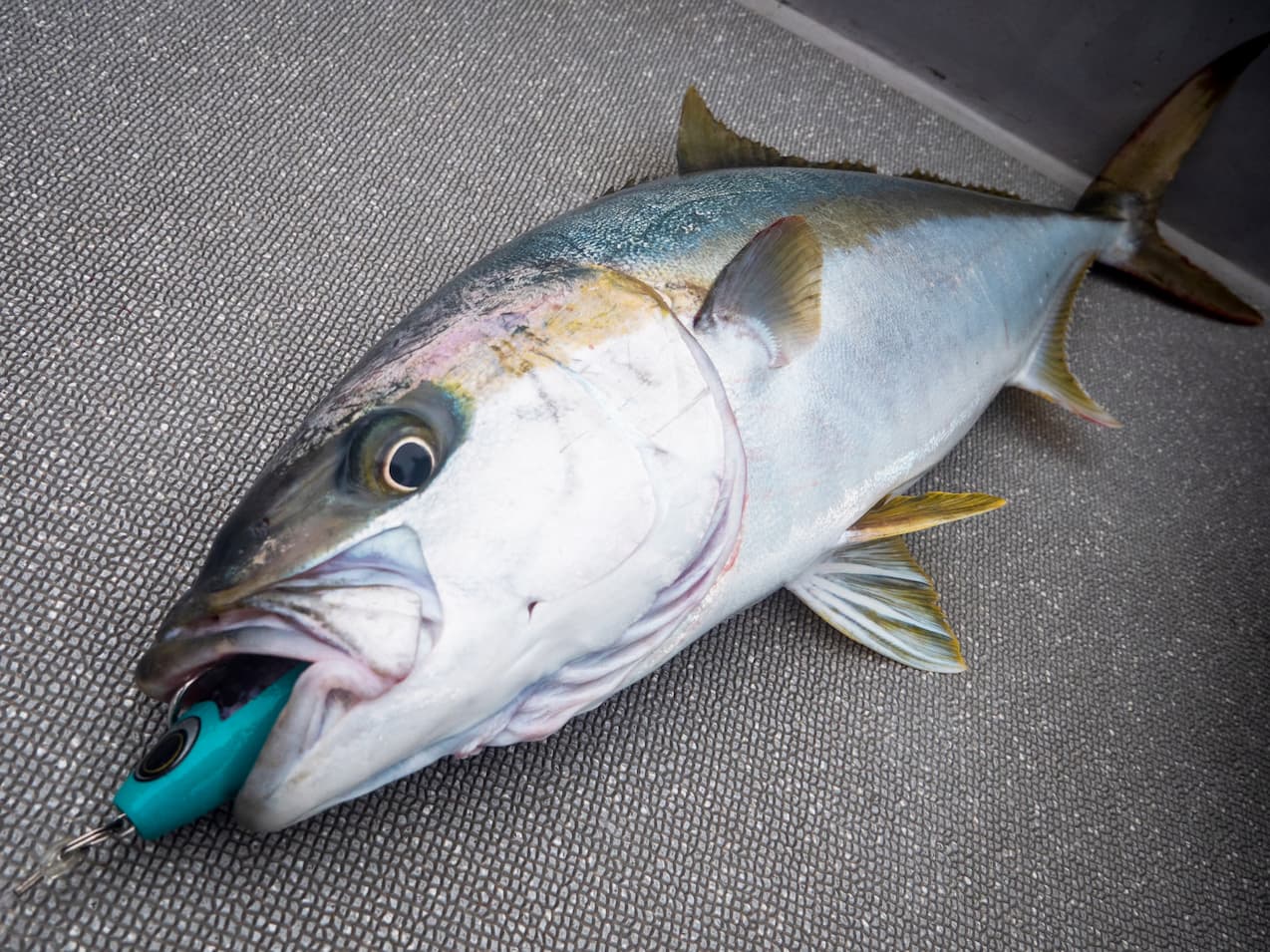
Casting
[For small bait] (Main tackle for this trip)
Rod: SPIKE SK822S-MH
Reel: DAIWA・SALTIGA14000
Line: PE4
Leader: 80lb
Lure: STIMULATE (Prototype)
[Standard tackle]
Rod: SPIKE SK822S-H
Reel: SHIMANO STELLA SW14000
Line: PE8
Leader: 140lb
Lure: STIMULATE (KING FISH)
[For large fish and shallow reefs]
Rod: SPIKE SK822S-X
Reel: DAIWA SALTIGA 6500
Line: PE10
Leader: 180lb
Lure: STIMULATE (Prototype)
Jigging
[Main Tackle]
Rod: JIGZAM WILDMARK JWM5101B-5
Reel: Accurate BX-600XN
Line: PE4
Leader: 85lb
Lure: Killer Jig V Long 240g
[Sub-Light Tackle]
Rod: HORIZON MJ HMJ5101B-H
Reel: Accurate BX-600XN
Line: PE4
Leader: 85lb
Lure: Gutter Jig Slim 240g


